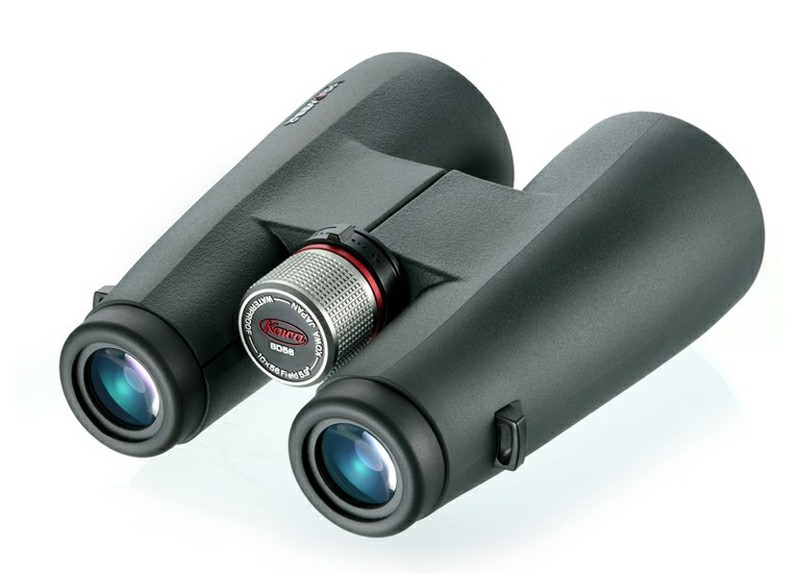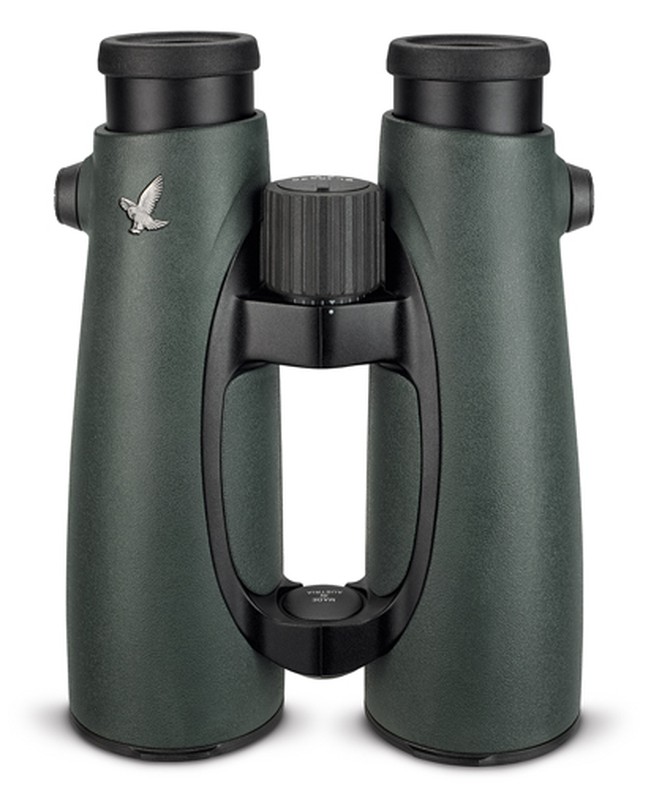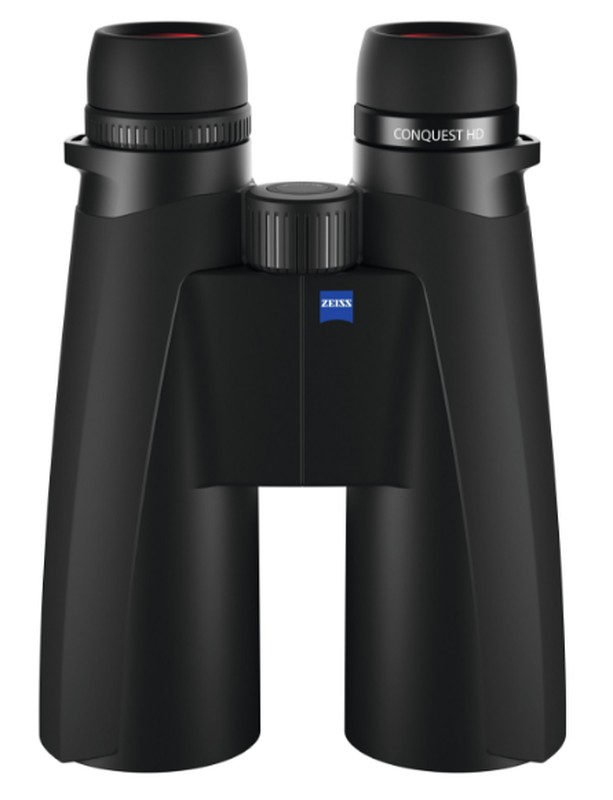Binoculars for powerful
What binoculars should we use to observe at great distances?
We consider observation at a great distance when we want to see objects that are in margins greater than 1-2km. For observation at these distances we need binoculars with magnification greater than 10X. With this increase we overcome the first barrier to be able to see the desired objective at a distance that previously was impossible for us to see in detail, but we also earned certain inconveniences.
The increase in power has its cons, basically in 2 parameters, stability and luminosity. For stability we will have no choice but to get a tripod to avoid the fatigue of holding and wobbling. For luminosity, the solution is to increase the aperture of the binocular, normally above 50mm. We must always bear in mind that at higher magnification, the luminosity and the visual field decrease, and this must be countered with more aperture and better optical quality.
Normally we use this type of binoculars when we do not have the possibility of getting close to the target or when it passes or is at a greater distance and we cannot appreciate the details well.
In observation of nature, getting too close to the target often implies his flight and therefore failure. For this reason we must always keep enough distance so that the animal does not panic and does not leave. For example, this is very important in hunting, where very long waits are made with this type of binoculars and frequently in uncomfortable places.
Another type of observation is one made from a terrace, viewpoint, etc. to see details in the sea, city or landscape. This type of observation is much more relaxed, in a more stable place, where to hold the tripod better.
A particular case of binoculars for long distances are those used in viewpoints and terraces, usually in tourist places. These binoculars are fixed installation, as they are very bulky and heavy instruments. They can go coin or coinless and typically have more than 20X magnification and 80mm aperture.
They allow to see clearly the panoramas, and to reach greater distances than any conventional binocular. Some models may have a base to be able to get on it.
Other particular binoculars are the astronomical ones, mainly designed for night observation but which can also be used for daytime vision, along with a tripod that is stable enough. They are heavy binoculars, but very bright, generally greater than 15X.
To summarize this type of binoculars we can conclude that they are binoculars of between 12X and 20X, with a weight close to or greater than 1kg and with objective apertures greater than 50mm in diameter.
Use of a tripod is mandatory and must be commensurate with the weight of the binocular. It must have sufficient carrying capacity and stability to support this type of binocular and ensure the best possible observation. We will observe "freehand" only with the 12X models and in a not very long period, since our arms will tire.
With them we will be able to observe objects and fauna at distances greater than 1km, and even being able to reach 2-3km. They will give us a good vision in low light conditions and will allow us to observe wildlife without having to get any closer.



Opinions of our clients
Receive our news
We have sent you an email to confirm your email